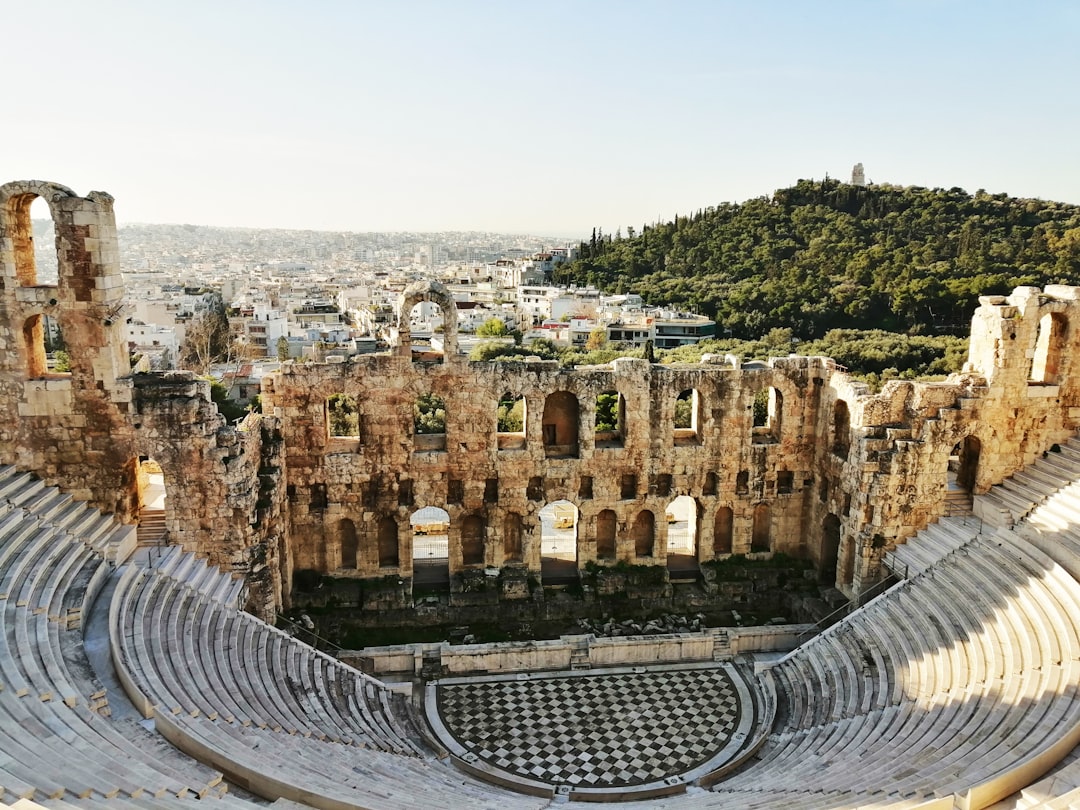What is it about?
This paper discusses the relationship between the Interaction theory of metaphor and Gestalt psychology. Interaction theory views the metaphor as a whole (gestalt), created by an interaction between its primary and secondary subjects. Moreover, this paper develops Interaction theory to require a full contextual analysis of the poetic metaphor embedded within its poetic text. We illustrate this Gestalt-Interaction approach by focusing on a particularly complex poetic text having multiple metaphors (Dylan Thomas's Sonnet VII, from his "Altarwise by Owl-Light" sequence). A representation employing primary semantic fields clarifies the underlying structure of the metaphor chain comprising the text.
Featured Image
Why is it important?
See also our more recent work: Goodblatt, C., & Glicksohn, J. (2002). Metaphor comprehension as problem solving: An online study of the reading process. Style, 36, 428-445. Goodblatt, C., & Glicksohn, J. (2016). Bidirectionality in poetic metaphor: William Carlos Williams and Imagist poetry. Versus. Quaderni di studi semiotici
Perspectives
The first paper presenting our Gestalt-Interaction theory of metaphor. Here we present the argument that a metaphor is a gestalt, and thus should not be analyzed using an additive framework (here, Comparison theory). Our analysis of a poetic text of Dylan Thomas, having three underlying semantic fields, underlines the necessity of adopting a detailed cognitive-literary analysis.
Professor Joseph Glicksohn
Bar-Ilan University
Read the Original
This page is a summary of: Metaphor and Gestalt: Interaction Theory Revisited, Poetics Today, January 1993, JSTOR,
DOI: 10.2307/1773141.
You can read the full text:
Contributors
The following have contributed to this page










